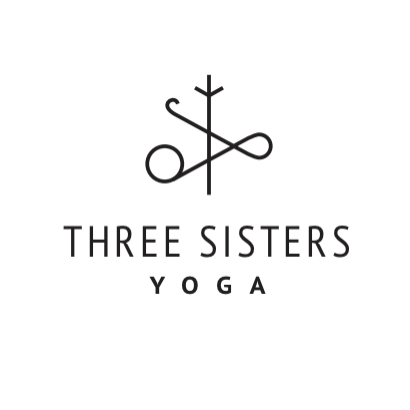by Jen Whinnen
I am a professional yoga teacher. This is my career. I use my philosophical and spiritual practices to make a living. As such, I live in an irreconcilable paradox. By profiting from my spiritual work, I willingly participate in the system of capitalism. Capitalism is in direct contrast to the principles of yoga. Capitalism is an economic and political system that is interested in profit, in gain. Yogic practices aim to free oneself from the things capitalism relies upon to thrive; desire and attachment. Capitalism aims to produce an experience in the material world. Yoga aims to release the consciousness from the material world. Capitalism does not care about yoga. Yoga cares not for capitalism. They are irreconcilable.
However, I do not feel the need to bring these two systems to a peace accord. I do not believe, as is often touted in yoga circles, that I can make my capitalistic career yogic. “Conscious Capitalism” is an oxymoron. It places morality upon a concept, a thing. Things are not moral or amoral. They are things. A natural disaster is a disaster in name only. Nature shines and produces, rages and destroys. That’s what it does. Our feelings about destruction are not shared by nature. Capitalism produces and consumes for profit. That’s what it does. Therefore, conscious capitalism is a distraction. It takes the responsibility of consciousness off me. It anthropomorphizes a thing, giving it a moral compass it does not have. This is the antithesis of the yoga practice. I can not rewrite the terms of capitalism because it makes me uncomfortable.
I can, however, get comfortable with the fact that, in terms of my yoga practice, choosing to participate in capitalism is an imperfect choice. I, being a sentient being with a mind and body to govern, must acknowledge that I am making an imperfect choice.
Imperfect however, does not mean “bad.” It simply means not perfect. Perfect Love, Universal Consciousness, the Ultimate, is a concept that is nearly impossible to conceive, let alone achieve. How many of my day-to-day actions reflect this kind of experience? Very little. Probably none. But that doesn’t mean I am bad. It simply means I am not perfect. I am not fully realized.
Ironically, this imperfection is the thing that assists in revealing the Perfect to me. This is the yogic paradigm. We have to be in the world, to use the world, to reveal the truth that is beyond the world. Accepting my imperfection, my limitedness, accepting that my experience is skewed by my misconceptions is the thing that will afford me an opportunity to change. Understanding my actions as being imperfect calms down the constant babble of “Oh no I am right for doing this because I want it. And because I want it, it must be the thing I need to do!” These thoughts keep me furiously racing in the hamster wheel.
However, when I start to think “Wait, do I need this? Do I want this? Does the thing need to change or do I need to change?” then I slow down. Once I slow down, I see that I can also moderate my pace. I can get off the wheel if I want. It’s not until I come to the point of realizing my imperfection that I can even conceive of the notion that I made a choice. I choose to run fast or run slow. I choose to stay on or get off. The wheel is just a thing. The wheel is there, but I choose my participation. If I stay, according to the yogic paradigm, I am doing so consciously. I am here of my own free will. I am participating in my own experience. I can not change the storms or stop the rains, I can not change the wheel. But I can change my relationship to the wheel. I can change the way I think. That is the only thing I can do.
Making money as a teacher is not a yogic act. Giving away my teaching for free is not a yogic act. I can be just as invested in my generosity as I can in my greed. Both are actions. What is yogic is how I manage my mind when I act. Krishna tells Arjuna “You have the rights to action, but not its fruit” (2.47). How easy is it to act without wanting a reward? This is No. Small. Task. This is a Big Idea. A big concept to wrangle with and work on. In order to do so I must accept that I willingly make imperfect choices. In doing so I become aware of my desires, my attachments to the fruits of my actions.
As a “householder,” a mother, a wife, lover of chocolate and cheese, a teacher, a writer, I work trying to let go of my desires for romantic love, praise, stuff and try. Invariably I fall short, but that is not a reason to bemoan the effort. The efforting is the thing. Consciously accepting that I miss the mark keeps me from getting distracted with useless attempts at justifying my choices as valid or invalid. It liberates me. It allows me to be forgiving of myself and forgiving of others for doing the same stuff. I am in it too. Being imperfect opens me to the Perfect because I see that we are all, everyone one of us, doing the best we can.
I often joke with my students that I have no misconceptions about my place in the cycle of samsara (the cycles of reincarnation). If reincarnation is real, I accept that I am coming around again. I tell them, “So, I’ll see you next time. We’ll get together and have a coffee!”
My treat.
